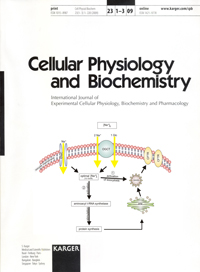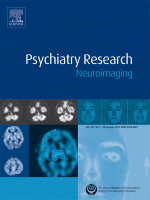
“Myocardial interstitial fibrosis is a major histologic landmark resulting in cardiac dysfunction after myocardial infarction (MI).
Activation of cannabinoid receptor type II (CB2 receptor) have been demonstrated to reduce fibrosis in hepatic cirrhotic rat.
In this study, we aimed to investigate the effects of a CB2 receptor selective agonist AM1241 on myocardial fibrosis post MI in mice.
CONCLUSION:
CB2 receptor agonist AM1241 alleviated myocardial interstitial fibrosis via Nrf2 -mediated down-regulation of TGF-β1/Smad3 pathway, which suggested that CB2 receptor activation might represent a promising target for retarding cardiac fibrosis after MI.”








